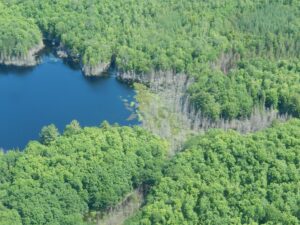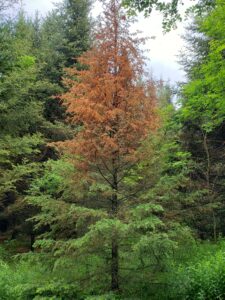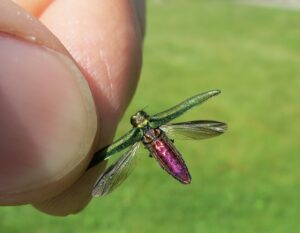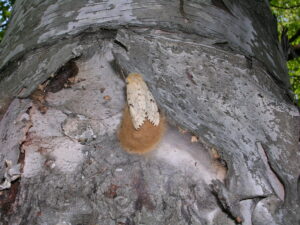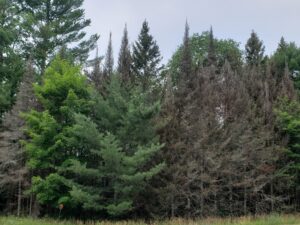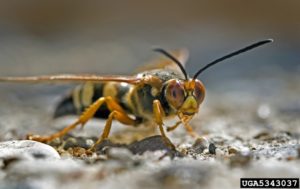By Bill McNee, forest health specialist, Oshkosh, bill.mcnee@wisconsin.gov, 920-360-0942
This November, hunters should avoid placing tree stands in or near ash trees, especially in the southern half of Wisconsin, Door County and the Mississippi River counties. Most ash trees in these areas are dead or dying from infestation by emerald ash borer (EAB) and may unexpectedly snap or drop large branches. Place deer stands in non-ash trees to keep yourself safe from infested ash this hunting season.
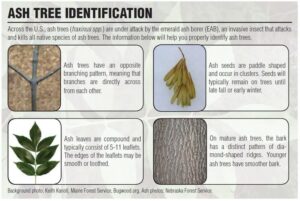
A photo guide to identifying ash trees.
Continue reading “Deer hunters should avoid ash trees when placing deer stands this hunting season”

